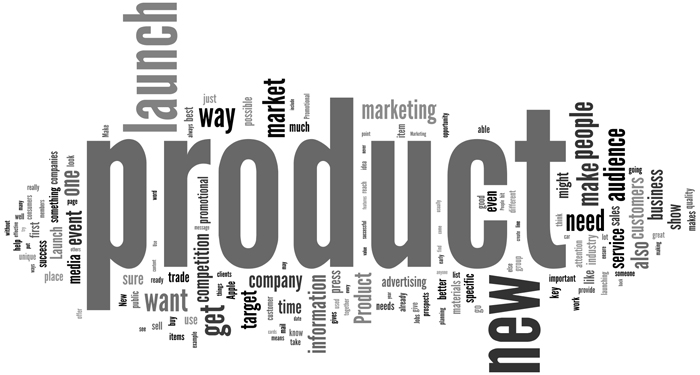For most companies, product and feature launches are always top of mind because of the potential to attract and retain more users. New product launch marketing campaigns. One of the most intimidating things a marketing professional and their team can be tasked with.
A common mistake companies make is skipping the research that should be done when deciding whether or not to even introduce a product to the market. Ask yourself some questions:
- Is there a need in the marketplace for my product?
- Is it a unique offering, or are there others that are already being marketed and sold?
- What are my differentiator’s and unique selling points?
- If there are competitors, are there sufficient additional features and benefits to separate your product from the others?
- What about pricing? What is the expected ROI?
Pre-launch: Deciding what to launch and how you’ll get there
1. Dig into your data to discover what people want (or where you’re missing the mark)
2. Talk to your customers
3. Research the market and turn your ideas into strategy
4. Go public early on to validate your ideas
5. Start building your community and audience
6. Define your ideal customer (just one per product!)
7. Take a page from Steve Jobs and craft a compelling narrative
8. Write a mock press release using the Amazon formula and create a list of target publications and journalists
9. Shortlist and reach out to press, partners, and affiliates
10. Write and design your marketing page
11. Outline your customer journey and start gathering creative assets
12. Take a cue from crowdfunding and use pre-orders to build hype
13. Set ambitious, “if-everything-goes-perfect” goals
14. Put everything together in a launch day strategy (and use your project management tool to track it all)
How to Launch a New Product
1. Development
Is your product the right fit for the market? Is there a demand or need for your product? If you aren’t sure, poll your consumer base, beta test your product on a focus group of customers and get a feel for whether or not your product is exciting, useful, or boring.
How Much Does it Cost to Hire an App Developer?
2. Market a Landing Page
You’ve tested it out on focus groups and it’s ready for the next step. Build up hype about your product. Design a landing page for your product with an email registration. You’re building a database and generating interest at the same time. Keep your consumers updated, excited, and informed as new developments occur.
3. More Testing
Run your product through the gamut. You want an airtight product before launch, so test a secondary group. A marketing consulting firm can help you identify issues that consumers may run into with your product through team-building and testing, and find solutions to opportunities that arise.
4. Acquire customers before you have any customers.
There’s a simple way to advance on the market prior to launch. As you build excitement and anticipation for your new product, you’ll probably gain some search traffic. Create a landing page for your new product, and implement an email capture form.

Product Launch
Those who are eager about your product are the early adopters. These people form the crucial core of product evangelists. Now you have their contact information! Make sure that you keep them updated with information about the product, provide them with exciting breakthroughs, and provide them with a thorough education about the product.
5. Make Your Launch Campaign Emotional
Emotions drive purchasing behaviors and decision making.
Throwing facts at your target audience about your new product isn’t enough to make people buy and spark up emotion. If it was, we would all be rich.
No matter what your product or service is, this step is applicable to you. Whether you’re selling a slinky or migraine medication, your product can be tied to an emotion.
6. Keep your mentors, guides, and other supporters in the loop
Your early users won’t be the only ones using your product pre-launch. If you’re talking to mentors or asking people for advice you need to be just as vigilant about maintaining those relationships.
7. Train Your Media Spokespeople:
Select a few executives with a range of expertise from your organization to handle media interviews and contributed article requests. This should include experts from the product development side as well as C-level executives such as your CEO or CMO. Be sure to provide adequate preparation prior to a media interview, such as anticipated interview questions and key points to hit during the interview.
8. Choose your launch day and stick to it
One of the biggest questions I get about how to launch a product is when to launch. The truth is, the perfect launch date is whatever works for you. Obviously, you don’t want to try to launch your product at the same time as a massive Apple event, but other than that all you need to do is set a date, check with your team, and then go for it.
Once you have a date picked, stick to it. You’ll work backwards from it with the rest of your product launch marketing plan.

